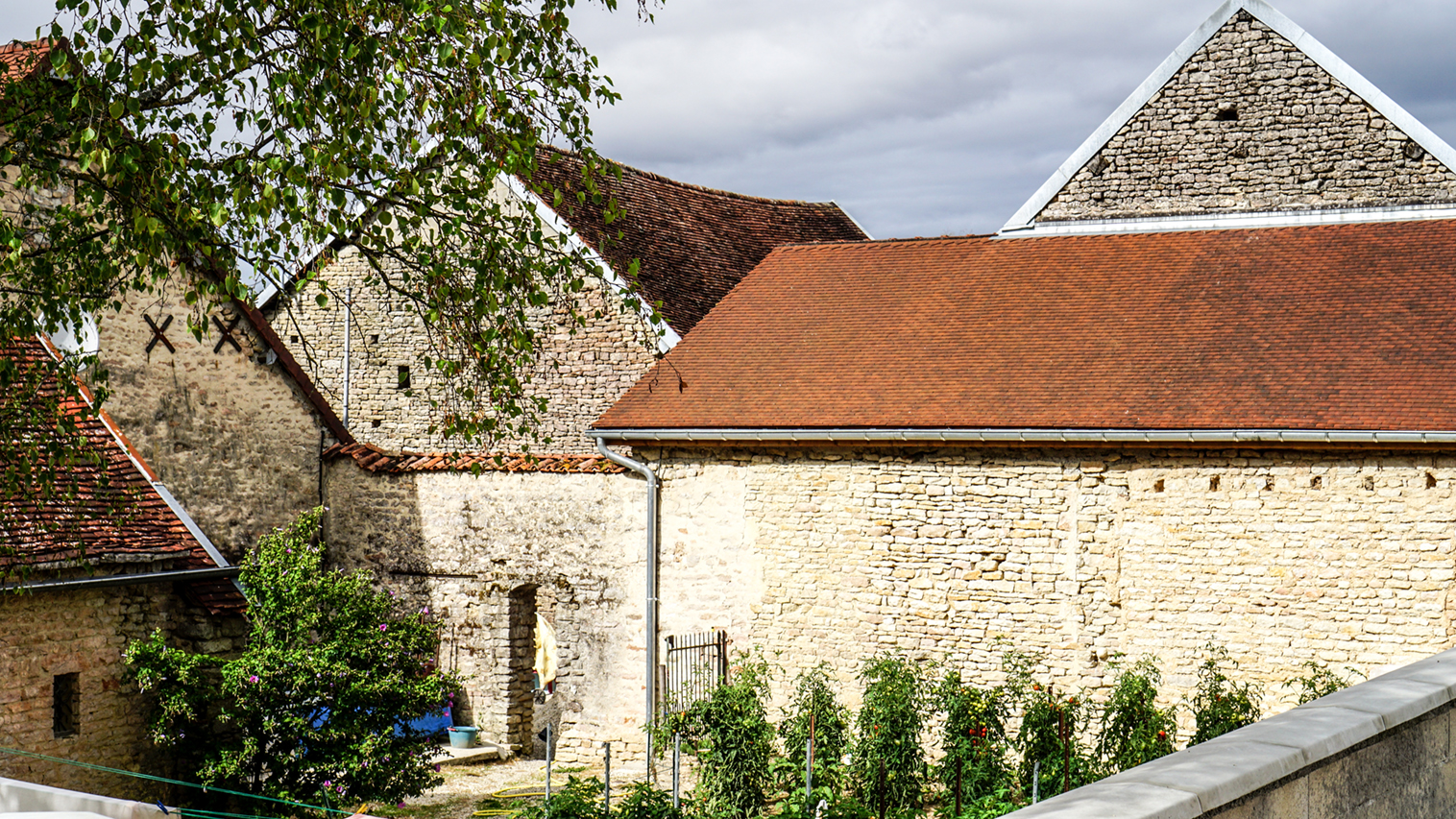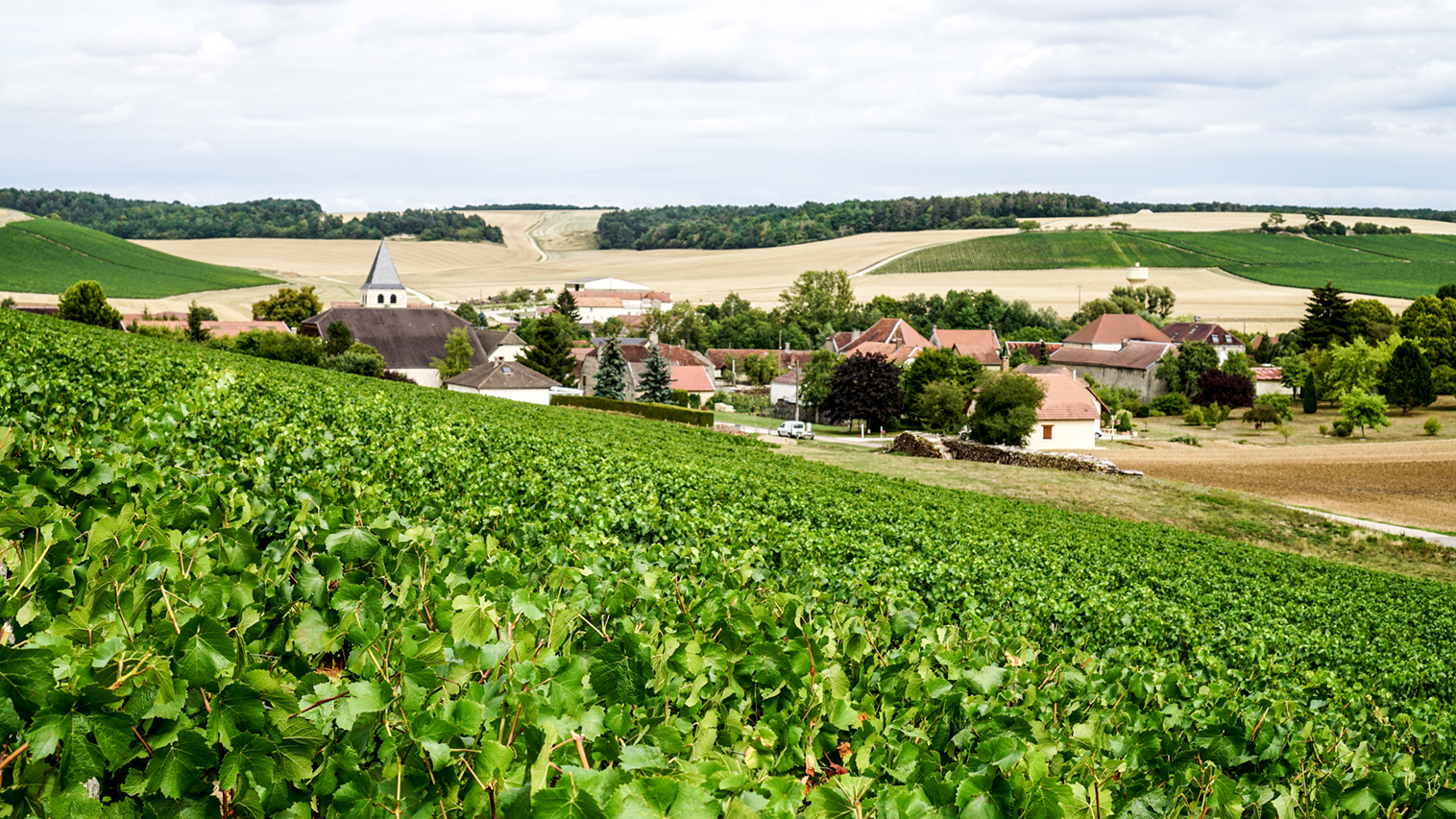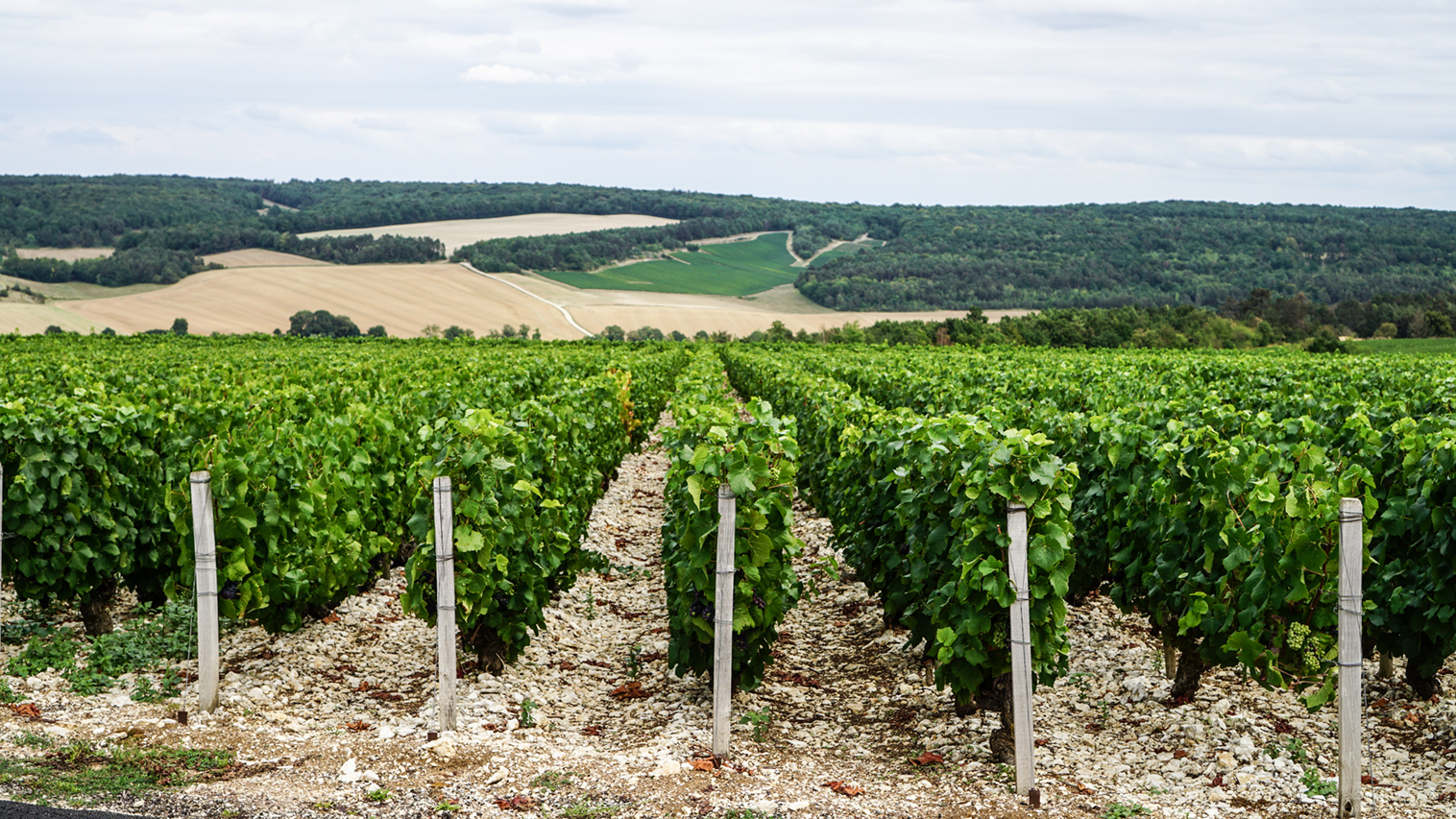

“We need to drink more Champagne.”
This is something we frequently say much like normal people say, “I need to get more exercise,” or “I need to eat better.” When confronted with a challenging pairing we frequently opt for Champagne for two reasons: it is generally never a bad call and it suits our core belief that we all need to drink more Champagne. As autumn wanes and the holidays approach most publications start to publish reports on Champagne which is always welcome news to fans of this most versatile and welcome wine but why do Americans only associate Champagne with the end of one year and the beginning of the next?
The oft quoted declaration of Lily Bollinger – so often quoted that it has become a cliché – bears repeating:
I drink Champagne when I’m happy and when I’m sad. Sometimes I drink it when I’m alone. When I have company I consider it obligatory. I trifle with it if I’m not hungry and drink it when I am. Otherwise, I never touch it — unless I’m thirsty.

No stately manse chez Dosnon, but a cluster of ancient buildings.
Davy Dosnon is about as far from Madame Bollinger as you can get. He’s a farmer and rather than residing in an elegant house in Épernay, he lives and works in a cluster of 17th century buildings in the tiny village of Lingey. So small is his home village that for official purposes it has been merged with Avirey, the slightly larger village next door.

The metropolis of Avirey, at least in comparison to Lingey.
Davy farms a mix of vineyards that he inherited from his family in addition to vines he leases. As such, he is technically a negociant – perhaps the smallest in Champagne – but all of his practices are those of a small grower: manual harvesting, traditional basket pressing, natural yeast fermentation, micro-vinifications, modest dosage, etc.

These are not the vast plains of vines found in the north of Champagne. Instead these are the carefully chosen plots of vines on the best terroirs and exposures.
The landscape of the Aube is as beguiling as Davy’s wines – rolling hills, charming hamlets nestled in valleys, forests and fields of wheat interspersed with vineyards. To the untrained eye this pastoral tableau hides what makes this place so natural for the production of vinous champagnes – pockets of rocky Kimmeridgian clay soils. Only the best sites and exposures are planted with vines. The Aube is Pinot country and while Chardonnay is beginning to gain some traction, it is really the Pinot-based cuvées that have largely defined the Côte des Bars in the minds of critics and enthusiasts.
So it came as no surprise to us at least, that the last two issues of the Wine Spectator has prominently featured Davy’s efforts. First on November 15th when they singled out two cuvées that he bottles under the name of his grandfather, Henri Donson, and only a month later, in the upcoming December 15th issue, under Recommended NV Champagnes, Dosnon Recolte Rosé is listed right under Krug! The full reviews can be found here.

Not bad for a farmer from the tiny village of Lingey!
We should all drink more Donson.